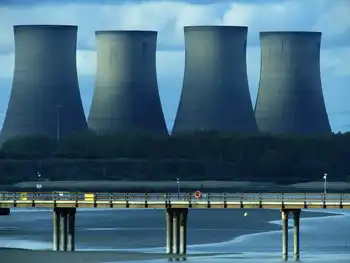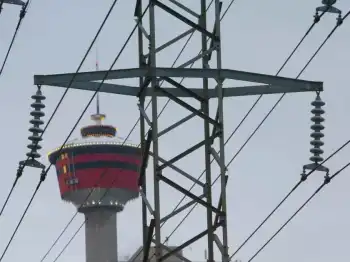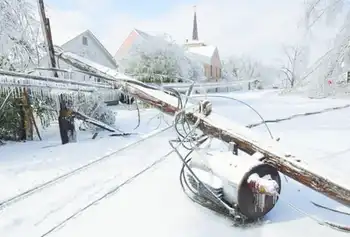Winds too fickle at Boston City Hall
BOSTON, MASSACHUSETTS - Of all the adjectives for little-loved City Hall Plaza in Boston, "windswept" may be the most commonly used.
But it turns out the plaza isn't being swept by the right kind of wind. At least not for an electric-generating wind turbine.
Three months after Mayor Thomas M. Menino first floated the idea of installing a windmill somewhere on the bricked-over swale abutting the city's seat of government, engineers have concluded there are too many unpredictable and dangerous gusts and downdrafts as wind bounces off the nearby buildings.
A long-blade turbine would be at serious risk of being damaged - or even getting blown over - if installed in the plaza, according to Menino's chief energy and environmental aide, James W. Hunt.
However, the same study, conducted at no charge to Menino by Second Wind Inc., a Somerville wind-energy consulting firm, concluded that the roof of City Hall itself is ideal for installing a "microturbine" device later this spring. That will generate about enough energy for a half-dozen computers and desk lamps for municipal workers.
Also, Menino is scheduled to announce today that the city school department is studying six school sites as possible locations for wind turbines, based on their locations atop windy hills or at the gusty harbor front. The locations are: Charlestown High School; Dever Elementary and McCormack Middle Schools on Columbia Point in Dorchester; Madison Park Technical-Vocational High School in Roxbury; Ohrenberger Elementary School in West Roxbury; Umana Middle School Academy in East Boston; and the West Roxbury Education Complex, formerly known as West Roxbury High School.
Menino stressed that there will be extensive community meetings before any turbines are approved on school grounds, but officials think they could offer big benefits both for energy-effi ciency and education.
"This is a wonderful opportunity for our students to see up close on a daily basis the power of new technology in creating a cleaner, greener environment," School Superintendent Carol R. Johnson said. "These turbines will serve as outdoor classrooms for our students and help prepare them for the jobs of tomorrow" in designing, building, and installing renewable-energy systems.
Hunt, who got the order in October to investigate putting a turbine on the plaza, said he was disappointed by the study's finding. City officials were originally imagining a unit on the plaza comparable to the 100,000-watt model operating at the Local 103 International Brotherhood of Electrical Workers union hall in Dorchester, alongside the Southeast Expressway.
The microturbine planned for City Hall's roof, donated by Southwest Windpower of Flagstaff, Ariz., will produce only 1,800 watts, less than 2 percent as much as the Local 103 wind turbine. Its blades are about 6 feet long, about a tenth as long as the blades on the Local 103 turbine. Depending on how strong and steady the wind is blowing, the City Hall unit would provide enough energy to power up to 10 computers or one hallway's worth of lights.
But, Hunt said, "It's not about the wind power. It's about the demonstration value. We're excited about having people coming to City Hall to do their business see such a tangible sign of the city's commitment to renewable energy."
The Southwest Windpower device coming to City Hall is similar to one installed by former president George H. W. Bush at his family home in Kennebunkport, Maine, in the fall.
Besides the high-visibility projects planned at City Hall and schools, Menino aides have also begun working with the Boston Redevelopment Authority to add a wind-energy section to the city zoning code. Hunt said the effort aims to provide clear guidance and rules for installing three kinds of turbines within city limits: big units such as the Local 103 turbine; smaller, free-standing units that produce fewer than 100,000 watts; and "building-integrated" small turbines such as the unit planned for the City Hall roof.
Related News

The nuclear power dispute driving a wedge between France and Germany
BERLIN - Near the French village of Fessenheim, facing Germany across the Rhine, a nuclear power station stands dormant. The German protesters that once demanded the site’s closure have decamped, and the last watts were produced three years ago.
But disagreements over how the plant from 1977 should be repurposed persist, speaking to a much deeper divide over nuclear power between the two countries on either side of the river’s banks.
German officials have disputed a proposal to turn it into a centre to treat metals exposed to low levels of radioactivity, Fessenheim’s mayor Claude Brender says. “They are not on board…




